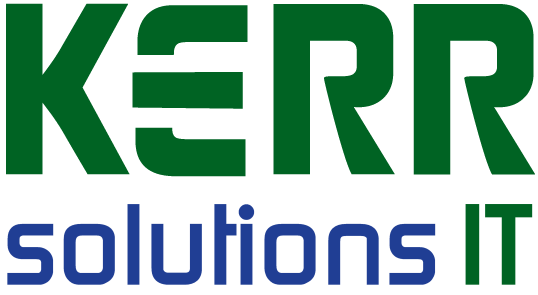What Constitutes a Server
Following on from last weeks’ article about the IT challenges that businesses go through as they grow from a one man band start up business to a larger entity, this week we look at what constitutes a ‘server’. There are many opinions as to what a server is or what it does so lets’ see if we can dispel some myths and clear things up.
In its most basic form some people believe that a server can be a very standard workstation with just one internal hard drive and a standard Windows desktop operating system, which then houses some files for a business. I have seen even a standalone PC referred to as a server when there were no other PC’s in the business although as a computer tech I don’t really think the server label fits this situation very well.
I would give even a standard PC the label of server if it ‘serves’ files out to at least one other PC and we see a lot of these setups in businesses that have between 2 and 5 PC’s. We normally call the above instance a peer-to-peer server as everyone logs on with the same username and all of the PC’s run the likes of Windows 7, 8 or 10 and hopefully they all have the Professional version to make networking a lot easier.

If you want to have more than around 5 PC’s, security on individual folders, easily managed email options and a greater level of traceability then you need to go to a device running a Microsoft Server based operating system such as Windows Server 2012 R2 Essentials Edition. This software is designed to run on ‘proper’ server hardware and offers all sorts of options that help control a network of standard PC’s.
Once at this level the server becomes such an important device in the business that you should not be mucking around with desktop hardware and you need to be careful in the selection of the server hardware itself. A server can cost as little as a standard workstation but at this price level it offers little in the way of performance, reliability or capacity.
The number and type of hard drives in a server can typically vary from 1 to 16 with the majority of servers that we sell having 6 or 8. These drives should also be of the SAS connection type instead of the lower performing SATA type drives. With extra drives like this, especially in a RAID 10 array a server can be setup to offer heaps of storage capacity, file serving speed and also a level of redundancy whereby any single hard drive can fail without losing data or stopping the business from running.
When it comes to ram for a typical server in a network of around 10 to 20 PC’s amounts of 64GB or even as much as 128GB have become common place. This will also be ram of the ECC variety which corrects calculation faults before they propagate to corrupted files. Again this is server specific ram and is totally different to the standard workstation ram.
Server CPU’s will also be a bit special compared to a standard workstation and will move away from the Intel i3, i5 and i7 families to the upmarket Intel Xeon line of CPU’s. Our typical server for that above size business will have 2 Intel Xeon Hex Core Hyper-threading CPU’s that offer the performance of 24 virtual cores.
All of the above is more technical than I originally intended however I often get disappointed seeing a new customer that has just paid good money for a ‘server’ when in fact it is way under-spec and running like a dog.
Future Byte Me topics can be emailed to [email protected] and Bruce is contactable at Kerr Solutions, 205 Musgrave Street or on 49 222 400.
For more advice and assistance from Kerr Solutions, like and follow us on Facebook
